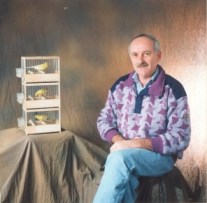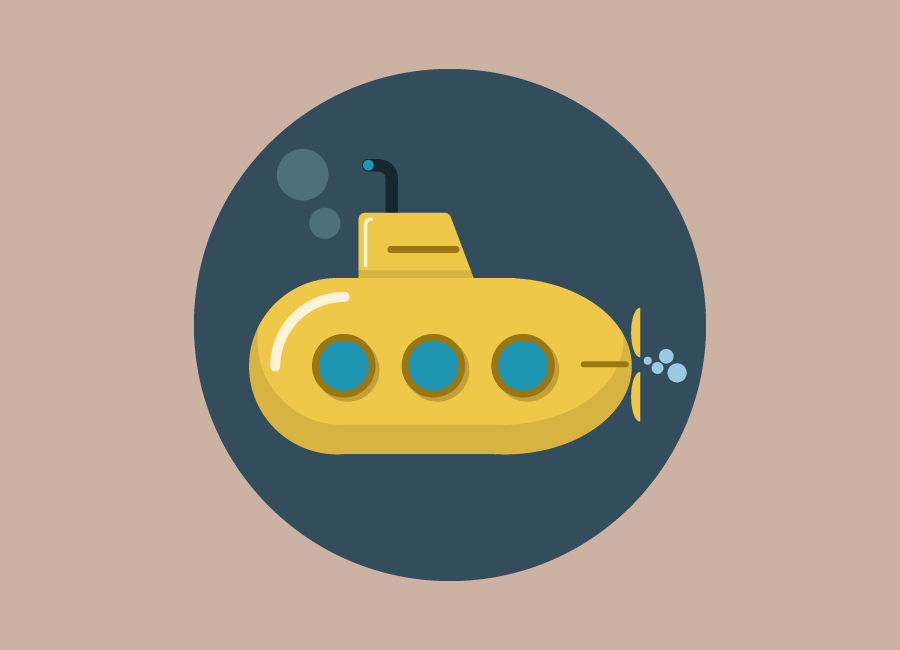
 Gerosa Luigi nasce e vive a
Rogeno dove ,con amore e dedizione, alleva questa particolare razza di canarini da canto Malinois
Waterslageroltre 20 anni. Sin dall'età fanciulla ha sempre coltivato un naturale interesse per l'
ornitologia che lo ha ora portato a possedere uno dei più premiati allevamenti di questa nobile razza in
Italia. Ciò è stato possibile soprattutto grazie alla sua esperienza acquisita sul campo e alla sua
naturale predisposizione al lavoro ed al sacrificio. Il suo ceppo di cantori, inconfondibili e pregiati,
sono interessati da una forte richiesta in tutta la penisola. Ciò anche grazie alla fama che si è
guadagnato ottenendo numerosi riconoscimenti e vincendo competizioni in ambito nazionale e mondiale.
Gerosa Luigi nasce e vive a
Rogeno dove ,con amore e dedizione, alleva questa particolare razza di canarini da canto Malinois
Waterslageroltre 20 anni. Sin dall'età fanciulla ha sempre coltivato un naturale interesse per l'
ornitologia che lo ha ora portato a possedere uno dei più premiati allevamenti di questa nobile razza in
Italia. Ciò è stato possibile soprattutto grazie alla sua esperienza acquisita sul campo e alla sua
naturale predisposizione al lavoro ed al sacrificio. Il suo ceppo di cantori, inconfondibili e pregiati,
sono interessati da una forte richiesta in tutta la penisola. Ciò anche grazie alla fama che si è
guadagnato ottenendo numerosi riconoscimenti e vincendo competizioni in ambito nazionale e mondiale.
 Gerosa Luigi lives in Rogeno a small town in Italy. With lots of love and dedication he's breeding singing
canaries
Malinois Waterslager from over 20 years. Since young he had a natural interest in ornithology and now he
lead one of the most important and awarded livestock
of this noble race. This is possible thanks to his experience
and his natural predisposition to work and sacrifice.
His birds, uniques and valuables,
are esteemed by hight demand in all over the world.
He gained numerous awards
and he won many national and international competitions.
Gerosa Luigi lives in Rogeno a small town in Italy. With lots of love and dedication he's breeding singing
canaries
Malinois Waterslager from over 20 years. Since young he had a natural interest in ornithology and now he
lead one of the most important and awarded livestock
of this noble race. This is possible thanks to his experience
and his natural predisposition to work and sacrifice.
His birds, uniques and valuables,
are esteemed by hight demand in all over the world.
He gained numerous awards
and he won many national and international competitions.






 +39 338 6006898
+39 338 6006898 gerosa.luigi@tiscali.it
gerosa.luigi@tiscali.it

